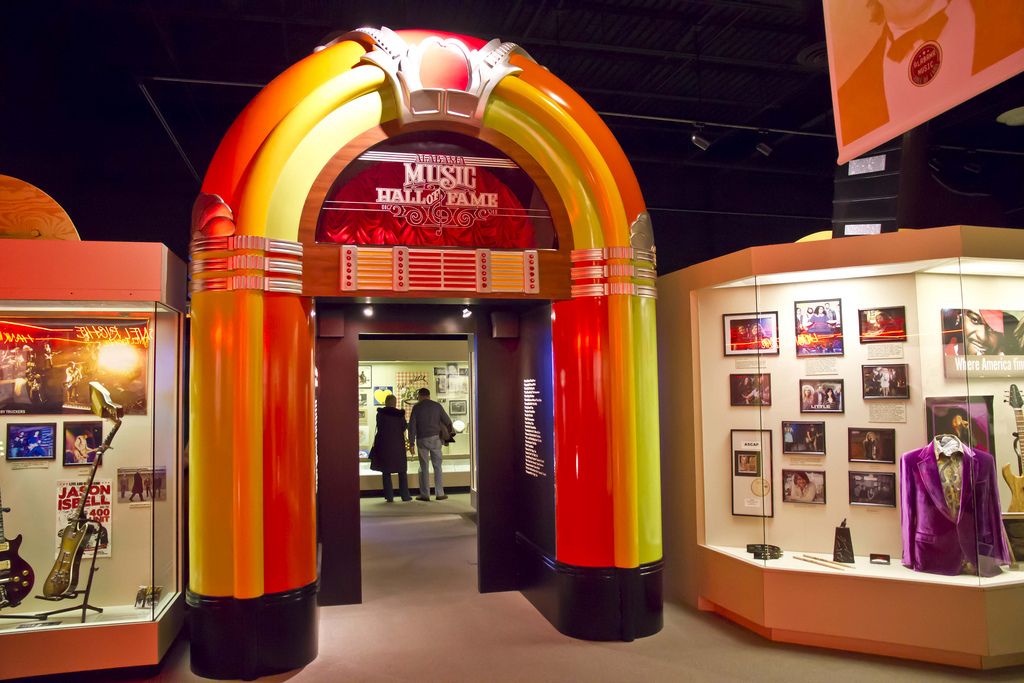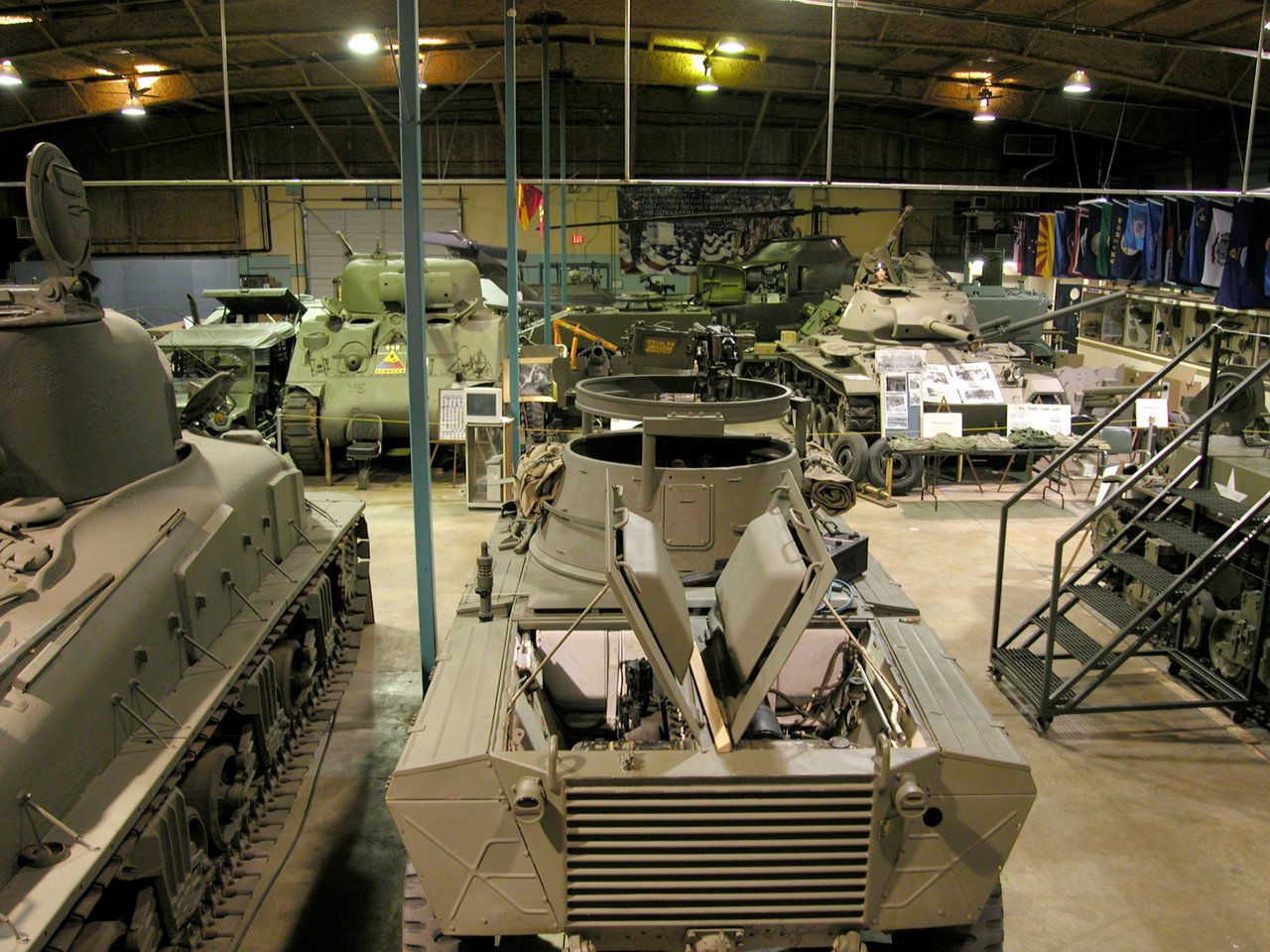The Convict-Lease System Is Not Well Known Today
The Convict-lease system is not only one of the best kept secrets in Alabama, but also one of the best kept in the entire south.
The reason for this is simple; it was in most all cases no different than slavery, but there are several people that would argue this fact.
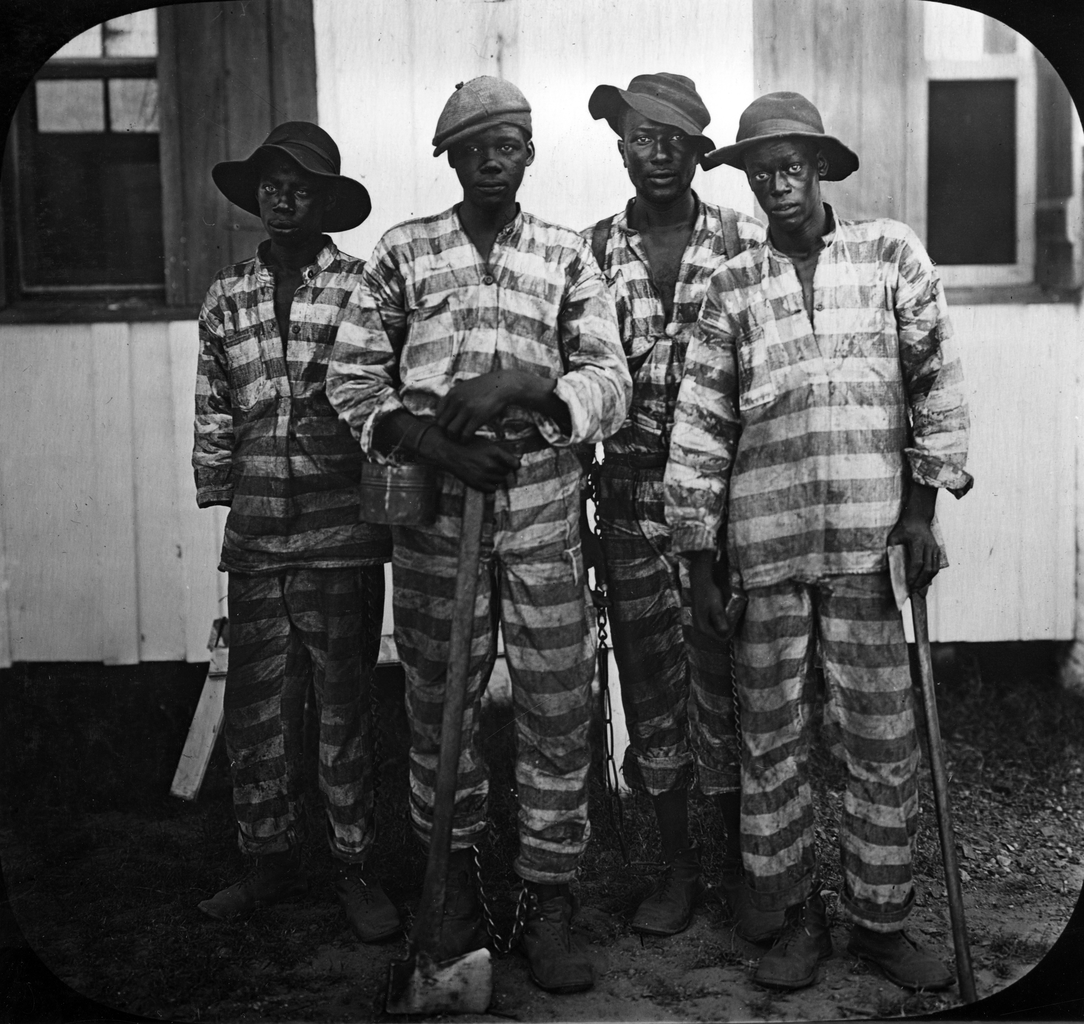 Convicts in The Convict Lease System
Convicts in The Convict Lease SystemWith slavery the person enslaved had no chance of freedom, but with this system they not only had a chance, but they also received money and experience.
However, the conditions that existed under this system far outweighed any possible benefit, and that is why very few people today knew that it even existed.
The History of the Convict-Lease System
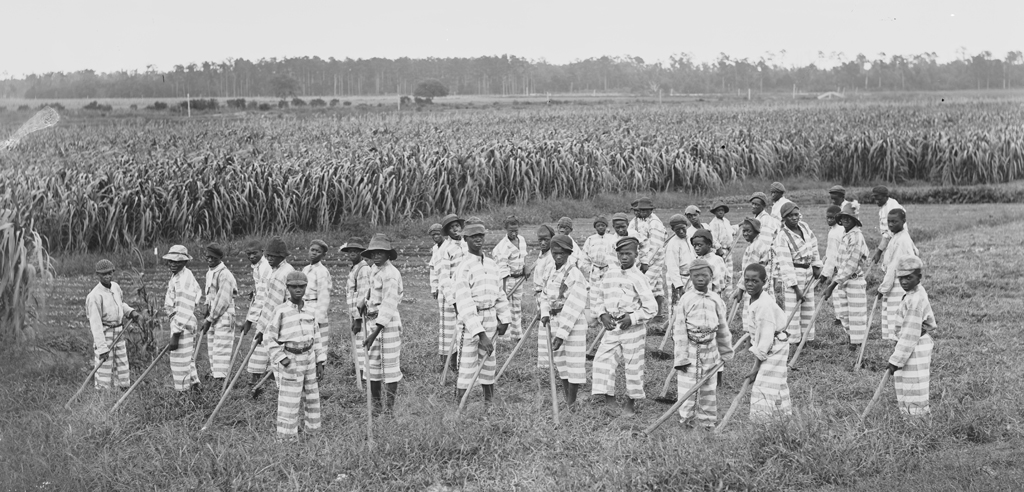 The Convict-Lease System in Alabama
The Convict-Lease System in AlabamaThe convict-lease system was not only used extensively in the state of Alabama after the Civil war, but it was also used in most all of the states in the south.
This system of penal labor was practiced extensively after the Civil war, and in the beginning, the state’s that used it made no money off of it.
However, as time progressed, this changed dramatically, and it is estimated that by 1898, over 70% of Alabama’s revenue came from it.
Between 1875 and the late 1920’s, both the state of Alabama as well as the counties located there profited by this extremely cruel system.
The rules of the convict-lease system were complex in a lot of ways, but very simple in others.
In its simplicity, both of these aspects of the government profited from “farming out” state prisoners to four major industries.
These industries included state and county ran farms, lumberyards, railroads, and the cruelest of all, coal mines, especially those located in Birmingham.
It is compared to slavery for another very simple reason; the vast majority of the prisoners were black.
In fact, the statistics from those times show that over 95% of the prisoners working for the county were black, as were the 90% working for the state.
Another comparison made by historians to slavery was the method of punishment used by both agencies to punish their prisoners, whipping.
Some of the earliest contractors of the convict-lease system were also former slave owners.
However, there was one major distinction that this system had that slavery did not; prisoners could gain their freedom once their sentence was completed.
They also had the ability in some of the industries to make overtime once they had reached their daily quota, as well as use their experience once released to keep working.
Once these “lawbreakers” were convicted, they would be taken directly to whatever work site the state or county chose for them.
Once there, they would remain there until their sentence was fulfilled, unless they were unable or unfit to work.
If they fell into this category, they were sent to the state penitentiary, which was located in Wetumpka Alabama.
However, history shows that there were very few prisoners that were ever sent there, but there were thousands of them killed because of the very harsh conditions they had to endure.
How the Convict-Lease System Worked
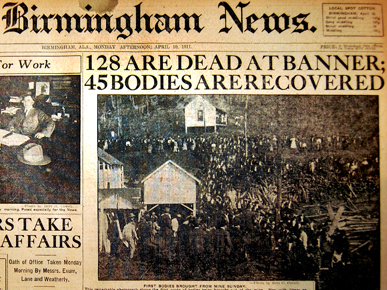 1911 Birmingham Newspaper Headline About the Banner Mine Explosion
1911 Birmingham Newspaper Headline About the Banner Mine ExplosionThe Convict-lease system worked at first, after the Civil war, the same way it had before the war.
Directly after the war, people found guilty of a crime other than felonies, were placed by the county, on state ran farms to serve their sentence.
If the crime was a felony, they came under the State’s jurisdiction, and they were forced to work for the railroads.
Because of the aftereffects of the war and the racist legal system, the vast majority of these prisoners were African American.
In the 1870’s, the state or counties made no money from these prisoners being “farmed out”, other than to save money on not housing and feeding them.
However, that would all change in the mid 1870’s, as the state of Alabama, like the other southern states trying to reorganize after the war, was facing a fiscal crisis.
To address this crisis and to raise revenue, the Warden of the state’s prison system made the decision to adopt a new policy regarding prisoners.
John Bass, the Warden, decided to place prisoners into private industries, and these industries would now only include lumberyards, farms, as well as the state’s fastest growing industry, coal mines.
In exchange for the state providing labor to these industries, they would pay a monthly fee.
The state revenue system within a year improved dramatically, so the counties followed this lead and did the same thing.
However, the counties in the state went even further, and also made these “convicts’ pay all of their court costs as well.
Since over 95% of these convicts were African Americans and poor, it meant more revenue for them as they had to work longer to pay off their crime.
While history showed that the Convict-lease system ran by the state was extremely harsh, it was mild compared to the county ran system.
Convicts in the county system, according to historians, lived in filth, were not fed properly to save expenses, and had no protection at all from the companies they were sent to.
However, this convict-release system was about to change again in the early 1880’s, when financial reforms were put into place.
The state’s legislature passed laws recommended by the new Warden, John Bankhead, to place almost all of the prisoners into the coal industry.
These coal industry operators included the Sloss Iron and Steel Company, the Pratt Coal and Iron Company, and the Tennessee Coal, Iron, and Railroad Company.
Under this new plan, these companies would build as well as operate prisons at the site of the coal mines, all of which were located in or around the Birmingham area.
This new plan also included a board of inspectors who would do a number of things to make changes.
They included watching and monitoring the treatment of prisoners, checking the safety conditions at the mines, as well as ensure the prisoners were released when they were supposed to be released.
However, like most state ran programs during the aftermath of the war, none of these “promises” were kept, and the conditions not only did not improve, but they also got worse.
Because of this, the position of state warden was abolished in 1885, and new men came into the picture to run the program,
They included Reginald Dawson, a physician named Albert Henley, as well as William Lee, all of which wanted to see reforms take place because of the high death rates that were occurring in this program.
All three men not only kept the promises they made to improve the conditions, but they also started regular inspections.
Under the direction of Dawson, whose brother was a candidate for governor of Alabama, several positive things happened to the Convict-release system.
Workloads were reduced, punishments were reduced and strictly monitored, and the prisoners were finally treated like human beings.
They were allowed to send and more importantly receive letters from their families and were given “time-cards” used to monitor time served and to honor their release dates.
Prisoners were also given access to these three men if their release date was not honored.
However, for the convicts in the county programs, they were not protected in the same manner.
But even with all of these changes, the conditions these men worked in did not improve much.
Several of the mines they worked in were still not safe, and the demands placed on them by the mine owners were unrealistic.
There were also numerous cases where “bad conduct” reports were made up, in order to extend the convicts times, they had to serve.
The death rates among the state convicts averaged about 5%, but the county death rates were much higher.
These conditions still remained horrendous overall, and in 1911, an explosion at the Banner mine in Birmingham killed 128 convicts.
The next year, the Tennessee Coal, Iron, and Railroad Company used only free workers at its mines.
The Sloss Company was the last company to use the Convict-lease system after that, but that also ended in the year 1928.
To add insult to injury for the state of Alabama, they became the last state in the country to drop the convict-lease system altogether.
References
http://www.encyclopediaofalabama.org/article/h-1346
The Best Kept Secrets In Alabama

Alabama Gift Store
Numerous Items for You and Your Family to Enjoy
See it here at the Gift Store
Copyright 2019-2023 Alabamabackroads.com
All Rights Reserved
